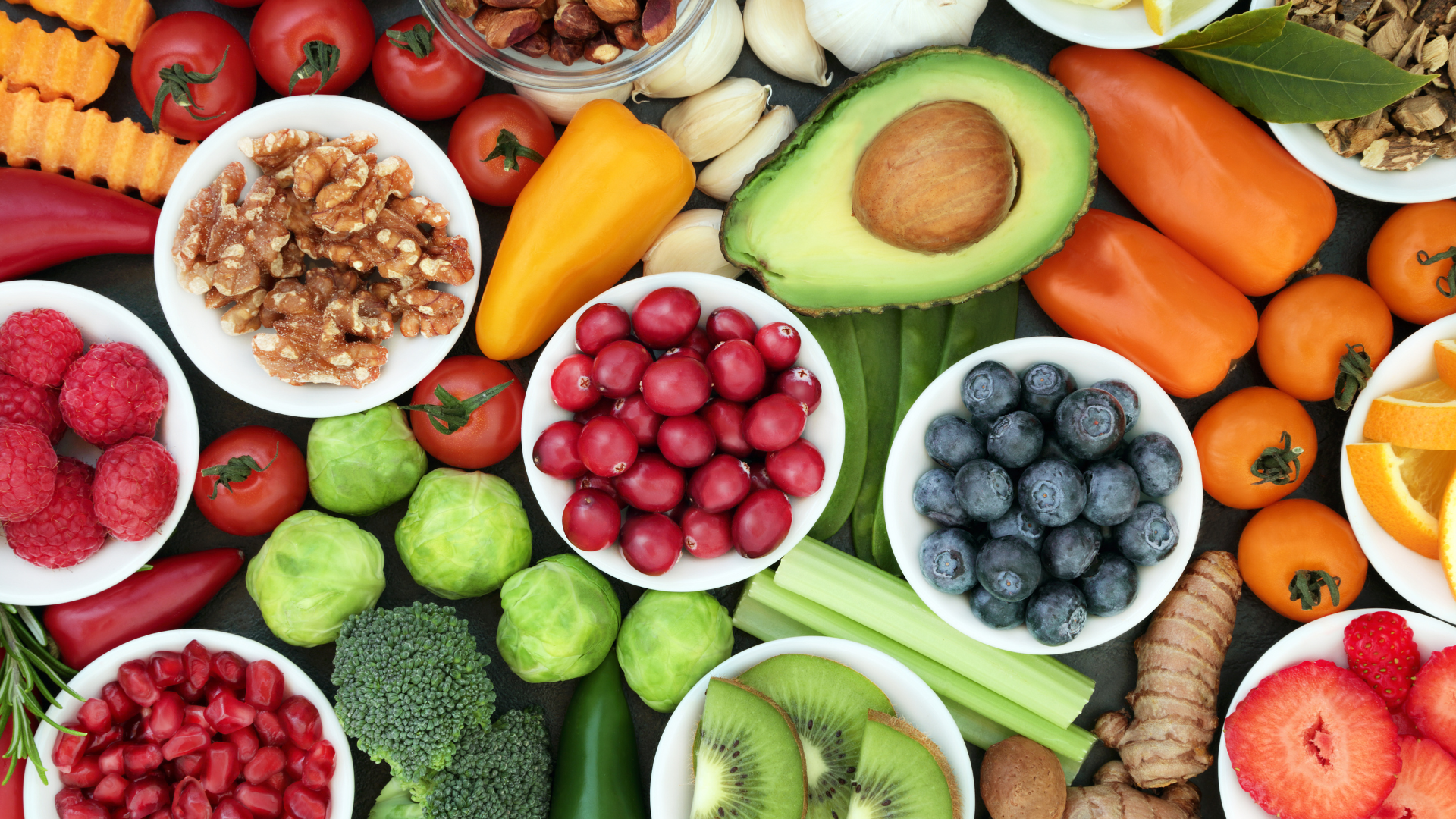5 Healthy Snacks You Can Prepare at Home for Work
Maintaining a healthy diet can be challenging when you're constantly on the go, especially when you're at work. It’s all too easy to reach for sugary snacks or vending machine options that provide a quick energy boost but lack nutritional value. To help you stay on track with your health goals, here are five easy, nutritious snacks that you can prepare at home and take with you to work. These snacks are not only delicious but also packed with nutrients to keep you fueled throughout your busy day.
1. Homemade Trail Mix
Trail mix is a perfect snack that combines protein, healthy fats, and carbs to keep you satisfied and energized. Making your own trail mix allows you to control the ingredients and avoid added sugars and unhealthy fats found in many store-bought versions.
Ingredients:
- Nuts (almonds, walnuts, cashews)
- Seeds (pumpkin seeds, sunflower seeds)
- Dried fruits (raisins, cranberries, apricots)
- Dark chocolate chips or cacao nibs (for a touch of sweetness)
- Whole grain cereal or granola
How to Prepare: Mix all the ingredients in a bowl and store in an airtight container or individual portion-sized bags for a convenient grab-and-go snack. Customize it to your taste preferences and nutritional needs.
2. Veggie Sticks with Hummus
Vegetables paired with hummus are a nutrient-dense snack that provides fiber, vitamins, and healthy fats. This combination is not only refreshing and satisfying but also easy to prepare.
Ingredients:
- Fresh veggies (carrot sticks, cucumber slices, bell pepper strips, celery sticks)
- Homemade or store-bought hummus
How to Prepare: Wash and cut the veggies into sticks or slices. Store them in a container or reusable bag. Pair with a small portion of hummus in a separate container. This snack is crunchy, tasty, and rich in essential nutrients.
3. Greek Yogurt Parfait
A Greek yogurt parfait is a delicious and protein-packed snack that’s perfect for satisfying your mid-day cravings. It’s easy to prepare and can be customized with your favorite fruits and toppings.
Ingredients:
- Plain Greek yogurt
- Fresh or frozen berries (blueberries, strawberries, raspberries)
- Honey or maple syrup (optional, for a touch of sweetness)
- Nuts or seeds (chia seeds, flax seeds, sliced almonds)
- Granola
How to Prepare: Layer Greek yogurt, berries, and nuts or seeds in a small jar or container. Top with a drizzle of honey or maple syrup if you like a bit of sweetness, and add granola just before eating to keep it crunchy. This snack is rich in protein and antioxidants, perfect for a healthy pick-me-up.
4. Overnight Oats
Overnight oats are a great make-ahead snack that you can prepare the night before and grab on your way out the door. They are customizable and can be packed with nutrients to keep you full and focused.
Ingredients:
- Rolled oats
- Milk or a non-dairy alternative (almond milk, oat milk)
- Chia seeds or flax seeds
- Fruit (bananas, berries, apples)
- Nut butter (peanut butter, almond butter)
- Cinnamon or vanilla extract for extra flavor
How to Prepare: In a mason jar or container, combine oats, milk, chia seeds, and a dash of cinnamon or vanilla extract. Top with sliced fruit and a dollop of nut butter. Cover and refrigerate overnight. The oats will soften, and the flavors will meld together, creating a delicious, ready-to-eat snack.
5. Energy Bites
Energy bites are a perfect snack for a quick boost of energy. They are easy to make, don’t require any baking, and are packed with protein, fiber, and healthy fats.
Ingredients:
- Rolled oats
- Nut butter (peanut butter, almond butter)
- Honey or maple syrup
- Flax seeds or chia seeds
- Mini chocolate chips or dried fruit
- Unsweetened shredded coconut (optional)
How to Prepare: Mix all the ingredients in a bowl until well combined. Roll the mixture into small bite-sized balls and refrigerate until firm. Store them in an airtight container in the fridge, and you’ll have a convenient snack ready whenever you need it.
Preparing healthy snacks at home doesn’t have to be time-consuming or complicated. With these five easy and delicious options, you can ensure that you have nutritious snacks on hand to keep you energized and focused throughout your workday. By planning ahead and choosing wholesome ingredients, you can maintain your healthy eating habits and resist the temptation of unhealthy snacks. Try incorporating these snacks into your routine, and enjoy the benefits of eating well, even on the busiest of days!





